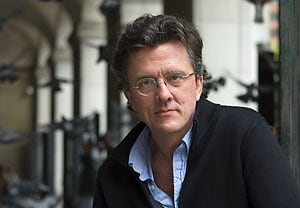 New York Times best selling author Kurt Andersen has a new novel out, True Believers. I took this time as a chance to ask Andersen some questions I've been dying to pick his brain about. What era did young people have it the best in? Which one is most similar to the present one and what can we learn from the 60s (the era covered in his latest novel)? His answers to these and more below...
New York Times best selling author Kurt Andersen has a new novel out, True Believers. I took this time as a chance to ask Andersen some questions I've been dying to pick his brain about. What era did young people have it the best in? Which one is most similar to the present one and what can we learn from the 60s (the era covered in his latest novel)? His answers to these and more below...
[Photo: Kurt Anderson via]
You have such a talent for being able to process and eloquently define both the present and the past cultural zeitgeists. In your opinion, is it better or worse to be young today? Is there a particular era that the youth had it made? Or is all the same?
It's better in some ways, worse in others. Boring answer, right? I think it was amazing to be young in the 1960s and early 70s, when things were changing so much and so fast, and when the grown-ups were suddenly paying attention (maybe too much attention) to the young -- and taking seriously young people's sense (which exists in all eras) that they see and feel things more clearly and truly than old people. Today is a more historically normal time to be young, except for the fact that parents spend lots more time and energy parenting, probably a little for worse as well as for better. And how I would've loved digital communications when I was 14 or 19.
 What can the youth of today learn from the youth of the 60s?
What can the youth of today learn from the youth of the 60s?
That they shouldn't stress out too much about their individual long-term future, that happy lives often follow (usually?) zig-zaggy paths. And that they have the power to effect profound social and political change.
Are the 60s perhaps more similar to our present day culture than any other era? What are some key differences and similarities in your opinion?
It seems as if every 50 years or so America and maybe the whole western world goes through a period of discombobulating flux, sort if like an organism painfully and excitingly shedding its old skin. That happened in the middle of the 19th century, in the early 20th century, in the 60s--and, maybe, right on schedule, now.
[Photo via]
Who are some of your heroes from that era?
Joan Didion. She was an amazingly clear-eyed, smart, morally astute young writer right in the middle of all the craziness. She wasn't and isn't an ideologue with a fixed pre-fab agenda. I think she may be the single most influential American writer of the last 50 years, and among the best.
You wrote much of True Believers from the first person narrative of your lead character Karen Hollander. I'm curious how you went about finding your inner woman during the process. Was there any figure or person you went to for inspiration?
My wife. My older sister. And although I didn't "go to them for inspiration," my friends Susanna Moore and Nora Ephron were inspirational--smart, strong, ambitious, idiosyncratic, opinionated, vital, kind, sexy women who seem to get moreso as they get older.
In Heyday, you covered the 1840's, in Turn of the Century, you covered the 2000s, and now, with True Believers you tackle the 1960s. What's next?
I'm giving myself the rest of the summer decide which of my various story ideas I want to spend 2 or 3 years on -- which seedling I want to grow into a tree. As you know, True Believers is only half-set in the 60s--the other half is set more or less in the present, as was my first novel, Turn of the Century. I'm pretty sure the next one won't be set in the past.
What cities today do you think are on the cutting edge of culture?
Hm. Good question. I'm not sure any American ones, particularly. But smaller units of humanity, particular creative communities and individuals, definitely are, in all sorts if cities.
Can you name a song or two from the 60s you particularly identify with?
I don't know if I identify with it, exactly, but every time I hear Eric Clapton's "Layla" I can taste precisely the flavor of romantic world-weariness I experienced at age 15.
What has been the best Bond moment of your own life?
I'll give you three. Arriving in Norman Foster's extraordinary, vast, perfect new terminal at the Beijing airport in 2008. Touring the Large Hadron Collider, just before it opened, with a former Sex Pistol and a Hapsburg princess. And driving through the El Salvadoran back country during the civil war there and being waylaid by a squad of guerrillas with AK47s and bandoliers.
New York Times best selling author Kurt Andersen has not only mastered the world of prose but has also conquered journalism. After co-founding SPY Magazine with Graydon Carter in 1986, he went on to write in Time, The New York Times, The New Yorker, and more. He has been the editor-in-chief of New York Magazine, and the guest editor-at-large of Random House. He currently is a contributor at Vanity Fair and has his own award winning public radio program called Studio 360. His novel Turn of the Century was a New York Times Notable Book of the year and a national bestseller. His novel Heyday was a New York Times bestseller and his newest novel True Believers was released earlier this week. We sat down with the author himself to give us the inside details behind his latest book. Read the reviews of True Believers in the New York Times and the LA Times.
Then, check out one of his latest works for Vanity Fair, "You Say You Want a Devolution," HERE, on a subject Andersen covers best: America's cultural landscape.
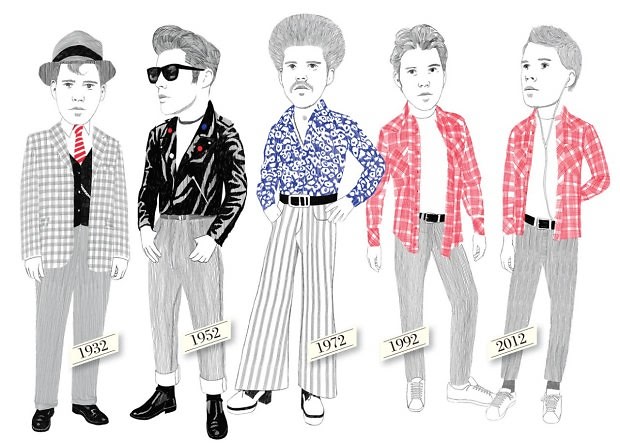 [Photo via Vanity Fair]
[Photo via Vanity Fair]
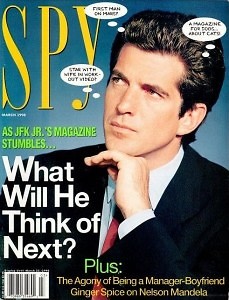 Also, you can find every single issue of SPY Magazine digitized HERE.
Also, you can find every single issue of SPY Magazine digitized HERE.
"Smart. Funny. Fearless."It's pretty safe to say that Spy was the most influential magazine of the 1980s. It might have remade New York's cultural landscape; it definitely changed the whole tone of magazine journalism. It was cruel, brilliant, beautifully written and perfectly designed, and feared by all. There's no magazine I know of that's so continually referenced, held up as a benchmark, and whose demise is so lamented" -Dave Eggars

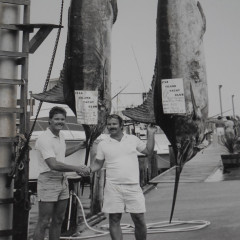
.jpg)
.jpg)

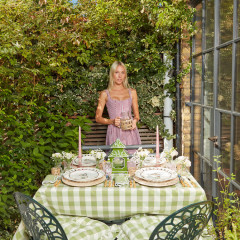

.jpg)
.jpg)
.jpg)
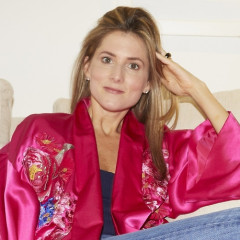



.jpg)